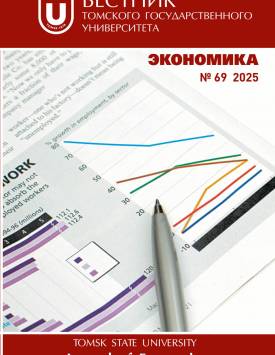The Bank of Russia communication and its impact on Russians' inflation expectations
Price stability is a primary goal of the Bank of Russia. Pursuing this goal, the Central Bank implements inflation targeting. This regime implies that the monetary authority follows the explicit target for inflation rate. The inflation targeting approach necessitates a more robust interaction between the central banks and economic agents, emphasizing the importance of transparency and clarity in monetary policies. Effective communication is now a fundamental component of monetary policy implementation. In this context, we focus on the relationship between the Bank of Russia communications and inflation expectations. Specifically, we examine the sentiment surrounding the Central Bank publications on interest rate changes, using VK social media platforms to gauge public reaction. Due to the complexity of the inflation expectations phenomenon, it is reasonable to apply the analytical tools of content analysis. Our findings indicate a notable connection between shifts in public sentiment and inflation expectations among Russians. Additionally, we observed a weak negative correlation between the readability of press releases and the level of negativity expressed in public comments. This highlights the critical need for the monetary authority to communicate the policies in a clear and accessible manner, ensuring that all stakeholders understand its intentions. The authors declare no conflicts of interests.
Keywords
central bank communications, inflation expectations, content analysisAuthors
| Name | Organization | |
| Soboleva Ekaterina N. | Tomsk State University | soboleva.en@mail.tsu.ru |
| Vlasenko Anastasia S. | National Research University Higher School of Economics | agastasiav@gmail.com |
| Bogdanov Alexander L. | Tomsk State University | bogdanov.al@mail.tsu.ru |
References

The Bank of Russia communication and its impact on Russians' inflation expectations | Vestnik Tomskogo gosudarstvennogo universiteta. Ekonomika – Tomsk State University Journal of Economics. 2025. № 69. DOI: 10.17223/19988648/69/20
